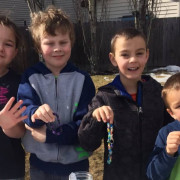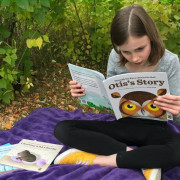She is a bit bigger and darker than Otis and doesn't like to talk quite as much. He loves to chat and and always hoots in the same pattern... listen for 2 short and then 2 longer hoots. Medicine River Wildlife Centre is a hospital for wild animals. It is not a zoo, but a place for animals to recover from injuries. Our goal is to repair the damage and eventually release them back into the wild. If orphans are brought in, we find them new families, in the wild, so they can be raised to know what they are. Do you think you know a lot about Alberta's wildlife? Let's put your knowledge to the test! You might think that they fall out of trees, have a fight with another animal, or get injured by predators, but this is rarely true! Wildlife is getting damaged by things that people put into the environment. Most of us know that birds’ bones are hollow. But why? To make them lighter to help them fly, you may think. But this is actually not the case. Firstly, birds’ bones are not truly hollow, but full of a “webbing” that creates pockets of air. They are called pneumatic bones. When a baby bird is growing and the air sacs are forming to make the lungs, they extend into the bones, creating the air pockets. Birds require a huge amount of oxygen when they fly and these air pockets actually allow them to take in oxygen on both inhalation and exhalation. So cool! Not all owls are nocturnal (come out at nighttime). The ones that are active during the day are called diurnal. Others that comes out at dusk and dawn are called crepuscular. Many owls have huge ears but they are hidden where we can’t see them. The ear size is directly related to how nocturnal that species of owl is. The bigger the ear, the more they rely on their sense of hearing in the dark. Do some research to find out which of Alberta’s 11 species of owls are nocturnal, diurnal, or crepuscular. Alberta is an amazing place to live in or visit if you love nature and wildlife! Although considered a prairie province, we actually have a wide range of landscape including mountains, badlands, foothills, and boreal forest, creating multiple habitats for plants and animals. This province has 587 species of wildlife! There are 93 kinds of mammals and 411 types of birds. We even have 10 species of amphibians and 8 kinds of reptiles, not to mention 65 types of fish. The Great Horned Owl is Alberta’s provincial bird and of course, the Wild Rose is the provincial flower. But did you know that the official tree is the Lodgepole Pine, rock is Petrified Wood, fish is the Bull Trout, and the official animal is the Bighorn Sheep?Meet Our Animal Educators
Say hello to Olive the Owl!
Say hello to Otis the Owl!
What is MRWC?
What kinds of animals do we get?
Wildlife Quizzes
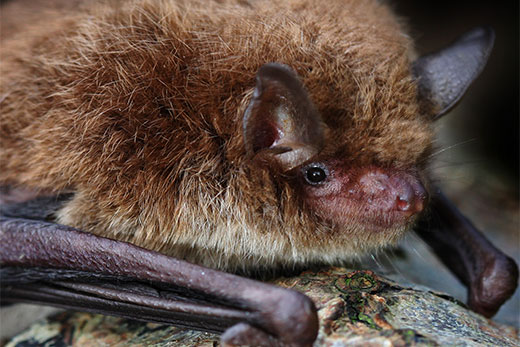

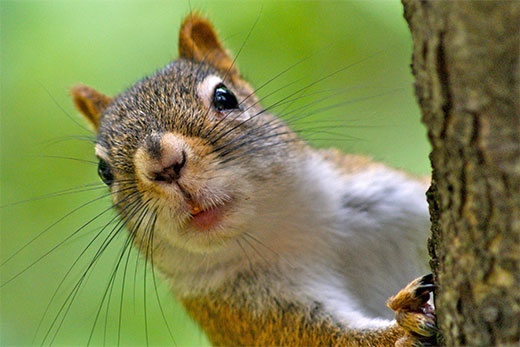
How do they get hurt?
How can you help?
Did You Know?
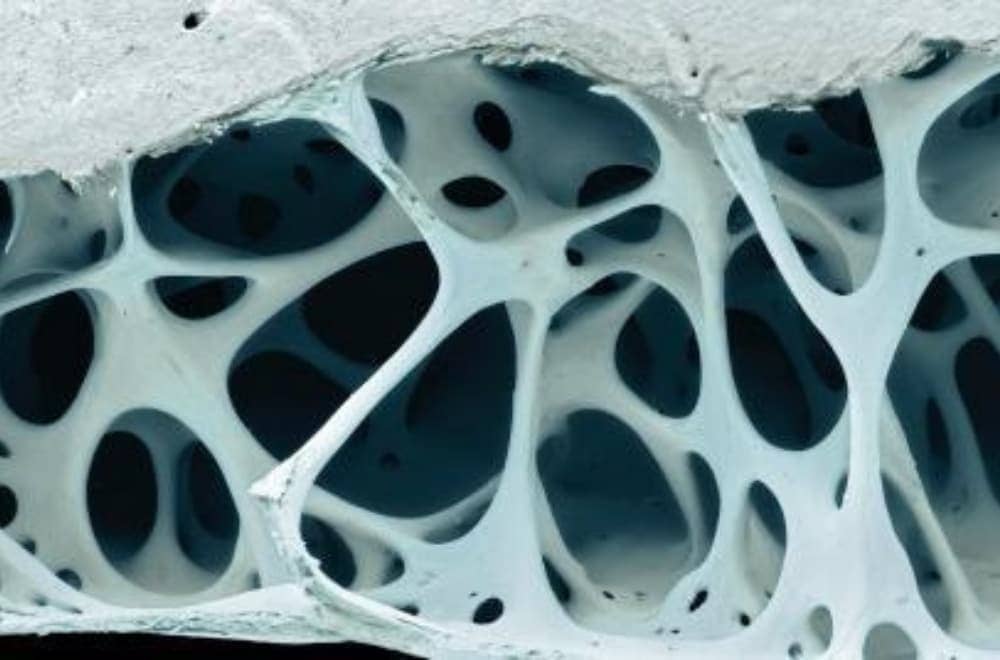
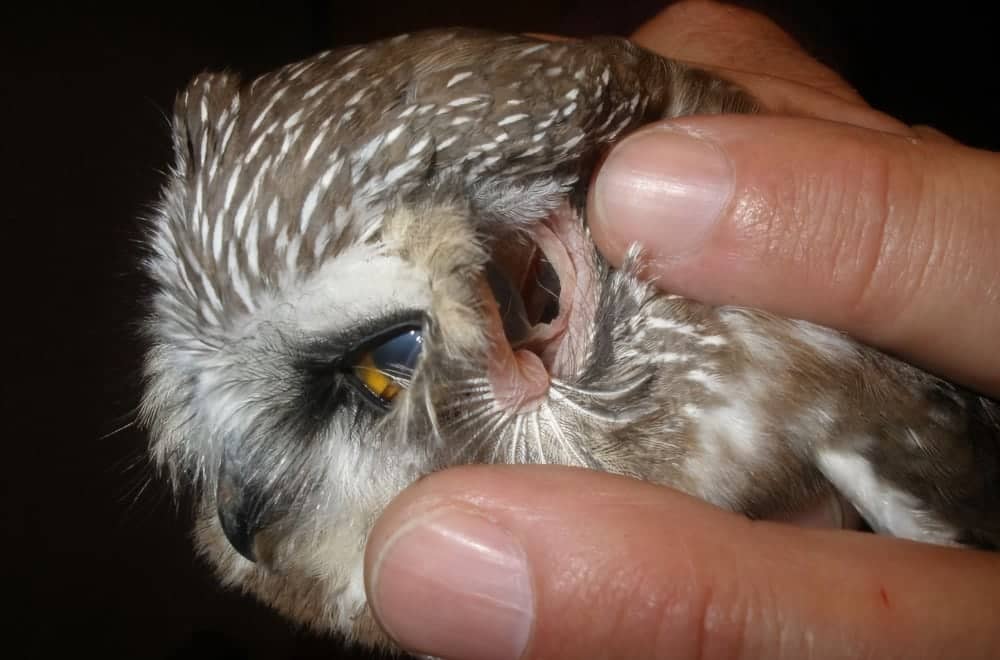

Bat
Red Fox
Red Squirrel




